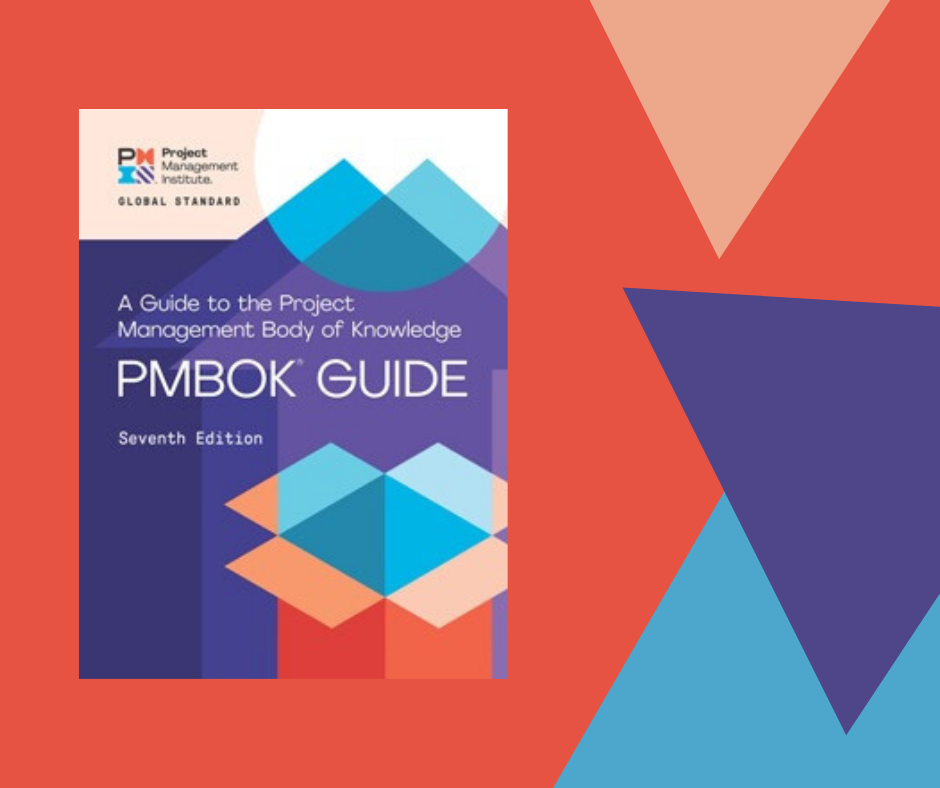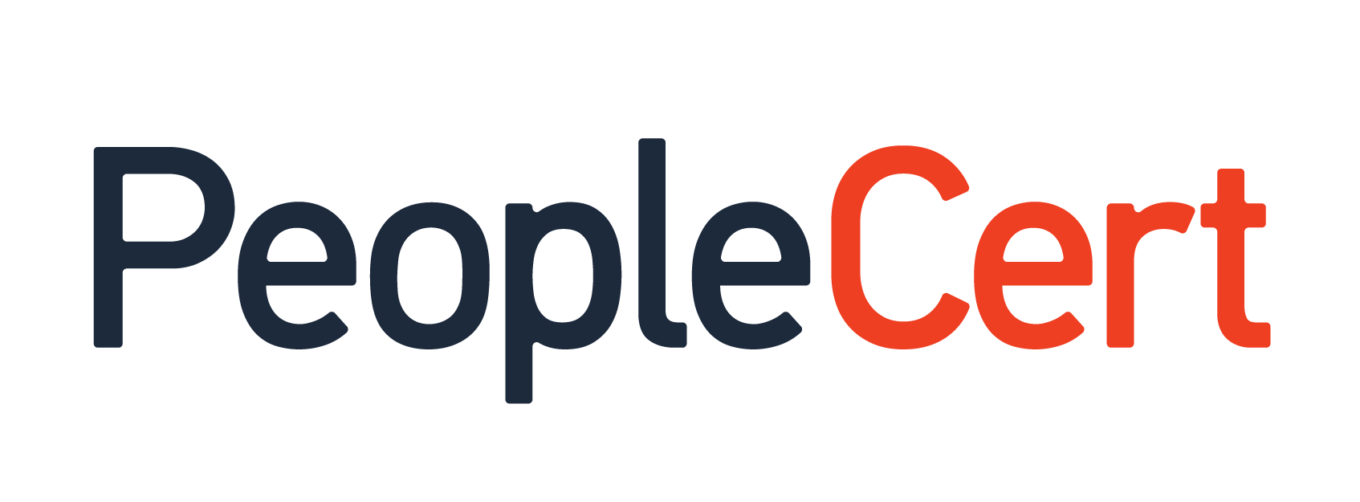Principles instead of processes
When in the previous text I announced a joint journey through the pages of the new one A Guide to the Project Management Body of Knowledge (PMBOK® Guide), Seventh Edition And The Standard For Project Management I already mentioned that w miejsce dotychczasowych procesów postanowiono wykorzystać pryncypia kluczowe dla project management proces. This applies literally The Standard For Project Management, whose previous organization, based on 5 groups of processes, has been replaced by an introduction, a discussion of the value delivery system for the organization and 12 principles. In turn, alone PMBOK® Guide, previously included in the introduction, description of the project environment and the role of the project manager and presentation of 10 areas of knowledge, currently presents 8 project management disciplines, discusses how they fit into the project environment, and lists relevant models, methods, and artifacts.
Project Manager in PMBOK® 7th Edition
So let's start our journey with the Standard, which aims to "provide a basis for understanding project management and how it delivers expected results." The introduction explains key concepts. Among them, the concept of "Project Manager" certainly deserves special attention, since in the previous edition the entire second chapter was devoted to the role of the project manager. Currently, in one paragraph of the explanation, it is presented that this is a person appointed by the organization leading the project to lead the project team, which is responsible for achieving the project goals. A project manager may perform various functions, such as organizing the team's work and managing the processes of delivering results.
For more "functions", please refer to the next chapter.
Therefore, I refer to the chapter dedicated to "Value Delivery System", which in section 3 includes "Functions related to projects". Two ideas presented in the introduction to this section seem to be key. Firstly, these functions can be performed by one person, a group of people, or combined in defined roles. Second, the necessary project coordination will be context-dependent. Wanting to stay in line with the latest trends A Guide to the Project Management Body of Knowledge (PMBOK® Guide), Seventh Edition And The Standard For Project Management Therefore, we cannot talk about one typical set of features, responsibilities or competences of a project manager, because in different environments this role may be understood differently or may even not exist at all.. However, regardless of this, “a supportive leadership model and true, continuous involvement of project teams and other stakeholders” is indicated as the basis for success. Phew, although that hasn't changed 😉
So what are the proposed functions?
In order and without details (but with some additional notes), they are as follows: providing supervision and coordination (this can often be the job of a single PM); presenting goals and feedback (understood as presenting the perspective of the client and user); work organization and support for the team (often related to supervision and coordination could be carried out by the PM); doing the job and providing detailed knowledge (so far I have directly attributed this function to "experts", but now...); providing expertise, i.e. advice based on knowledge and experience in a specific area (…however, experts become the equivalent of advisors); providing business guidance and knowledge (this is a function for guides to find and deliver maximum value from the project products); providing resources and direction (this is a function for promoting vision and goals among team members and other stakeholders); maintaining management (approving the project team's activities and tracking its progress).
A team without a PM?
To sum up, it can be said in simple terms that, unlike methodologies such as PRINCE2® or AgilePM®, or even SCRUM-type procedures, new PMBOK® it does not offer us a strict set of roles, but some general tasks ("functions") that can be distributed differently depending on the context. On the one hand, it is nothing new that the PM role is broad and diverse. To describe it, we used earlier PMBOK® comparison with the conductor of an orchestra. However, it was always clear that the orchestras could be of different sizes, the presented pieces could be of different degrees of difficulty, and the place and moment of performance markedly distinguished the New Year's Concert from Vienna from a Sunday performance that would make a walk in the park more enjoyable. On the other hand, previously the role of the PM was steadfastly present. Today, it is possible to have a creative team operating without this role, only with functions separated in a sometimes surprising way. Will this work? I imagine that in the case of Impressionist painters collaborating on one painting, a self-organizing team could work perfectly. At the same time, your company may still need a classic PM. Well, we have known for years that adapting to the project environment is key!
Author of the article: Maciej Krupa










